Godslayer: Quick Start Rules Review
July 31, 2012 by brennon
We have seen a fair amount from Godslayer over the past few months with a steady launch of miniatures appearing for us to drool over in anticipation for their release. Megalith Games in that regard seem to have hit the nail on the head with a vast array of different factions all with original and interesting looking models. It's all well and good having a game that looks pretty, but does it play well? Well that's what I have endeavoured to find out.
The Mechanics
Firstly something that sets Godslayer up to be great is the fact that the miniatures all have stat cards for you to use on the battlefield. This is something that Privateer Press have always enjoyed success with via their Warmachine and Hordes games and it seems a simple idea to have the statistics for your heroes and soldiers on a card rather than encased within a massive tome. Each card has some beautiful art work, statistics, items your warriors are carrying and of course all the special rules on the reverse. Simple and effective.
Cards for both standard warriors and heroes also have a number of health boxes which of course means you're going to be wanting to card sleeve these up and get a non-permanent marker pen ready. I like this way of recording damage as it keeps everything in one place rather than having to place dice next to everything anytime it takes a wound.
But now let's get into the nitty gritty of the rules themselves. In a game of Godslayer the basic points cost for a game is 160 (so a starter set when they eventually get released). Here you usually have access to a hero or two and a unit of standard warriors. Once the main forces have been chosen you buy extra equipment for your heroes up to the points allowance and get ready for a scrap.
The game is split into Rounds, and within those rounds are Turns. Taking on board something that a lot of skirmish games do now Godslayer has an alternating system of activation where one player moves one or two miniatures then the other activates his choice(s). This continues until every one of the players miniatures has acted and the next round begins. This obviously brings up interesting moments where you might hold back on activating a certain unit in favour of setting a trap for the enemy, hoping to surround him with your troops or draw him into a nice Area Effect attack. It's also a lot more dynamic as it means the other player doesn't have to wait a long time for you to consider your actions and move everything.
Each miniature within a force also has an Activation Limit which means that while you might want to make your unit of Clansmen keep going turn after turn they will eventually run out of puff. This also adds another element of decision and tactics to the game as you have to keep in mind these limits and work your troops accordingly.
Actions that can be taken include moving, charging, attacking in melee combat or shooting with a ranged weapon. Of course there is also special actions as well that can be devastating if timed right. In terms of Movement its a fairly standard affair where you move your statistic forwards a number of inches. Interestingly with titanic warriors on the battlefield some can even stride over other units as long as they don't end on their base. It certainly gives a sense of scale to proceedings when a giant troll lumbers over your warriors.
When moved into your combat reach (so no need to go base to base!) you can attack your opponent in melee. This is as simple as rolling 2d6 and adding your MEL value. This is then compared against the defenders DEF to see if a hit has been caused. However, as the person getting bashed you don't have to stand there and take it. If a model has Actions left they can strike back with a Counter Attack and the results of both outcomes are resolved.
Missile Attacks are resolved a similar way with you rolling 2d6 and adding your MIS value. This is once again compared to the enemies DEF to see if they have been damaged. Damage is then resolved by rolling 2d6 and adding the POW of the weapon, with added bonuses for charging or using special attacks. You then deduct the ARM value of the chosen target and the resulting difference is ticked off their health boxes. Once all your health boxes are gone, its bye bye from the battlefield.
It took me a little time to get my head round the Activation portion of the game, but after a few trials with some proxy models I think I have understood its subtlety a little better. Obviously with the Quick Start Rules there is little but kill points to satisfy yourself with victory wise but as with all skirmish games there is nothing to stop you coming up with an interesting scenario or a 'Kill the Leader' style gambit.
The Background
While rules are great I tend to always enjoy a little bit of background to get me interested in a game. There are six main factions within the Godslayer world of Calydorn , each with their own distinct look and feel. Heading up the more recognisable portion of the game are the Halodynes and Mortans. The Halodynes are modelled after the Greek powers of Ancient times and believes themselves head and shoulders above the rest. The Mortans by comparison are modelled after the Roman legions but with a penchant for Necromancy and assassination.
On the darker side of the coin (even though the Mortans could be considered fairly dark!) are the Banebrood and the Troglodytes. The Banebrood are twisted and bitter, hell bent on utter destruction of all in their way. The Troglodytes, workers of shadow and savagery are a more balanced force but no less destructive. Mighty trolls wander into battle at the forefront ready to smash all in their way.
In the wilds of Godslayer there are others who do battle against the enemy all around them. The mighty Nordgaard in their frozen mountain homes are a band of Dwarves and Men who are routinely fighting against the hordes of demons. Drawing on Viking mythology and culture they are a fairly powerful force to be reckoned with and as some might imagine, my favourite of the factions so far. Deep in the woods are the Wyldfolk of Annyr, druids and wielders of the power of nature. With a heavy focus on the Scottish clans as their background as well as old Celtic druidic history they are quite an interested and exciting race.
As you might expect from a fantasy battle game, war is inevitable as the different sides clash in bitter rivalry. I honestly can't wait to get hold of the full rulebook so I can digest a lot more about the world.
You can read more in-depth material on the world of Godslayer here through its History and Mythology.
The Models
It's always better to see models than to talk about them, so here they are...
Some pretty good looking miniatures. The most dynamic so far have been the Mortans and the Halodynes with the Nordgaard close behind. We have seen glimpses of the other factions and very little from the Banebrood, but they can't be far away.
Let's hope both the rules and the models will be out soon!
Download the Quick Start Rules Here.
Download Statistic Cards & Tokens Here.
Let me know what you think of Godslayer and Megalith Games below.
Supported by (Turn Off)
Supported by (Turn Off)
Supported by (Turn Off)

































![TerrainFest 2024! Build Terrain With OnTableTop & Win A £300 Prize [Extended!]](https://images.beastsofwar.com/2024/10/TerrainFEST-2024-Social-Media-Post-Square-225-127.jpg)







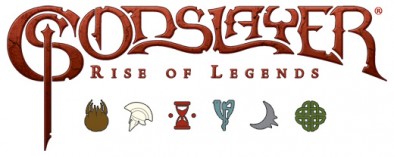
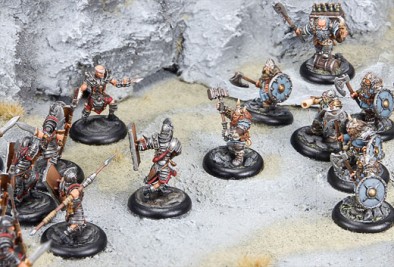
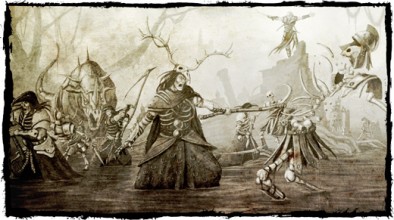
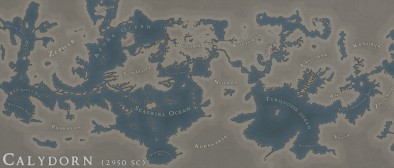
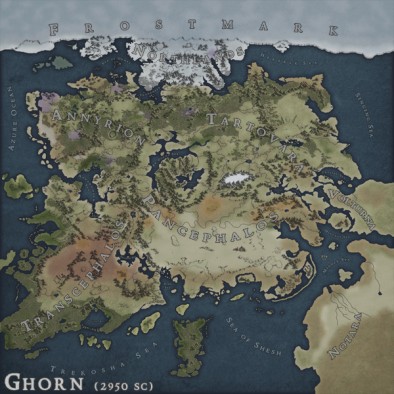

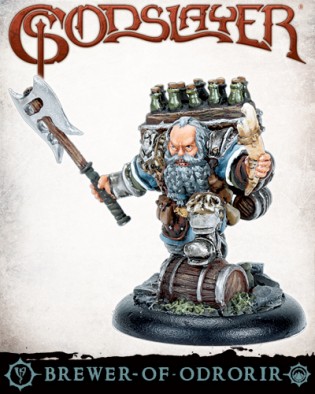
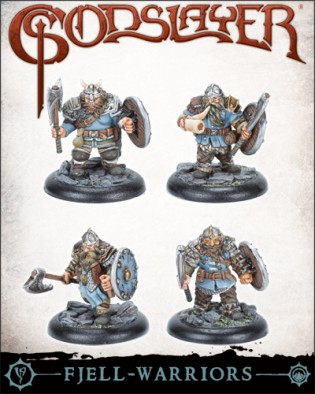
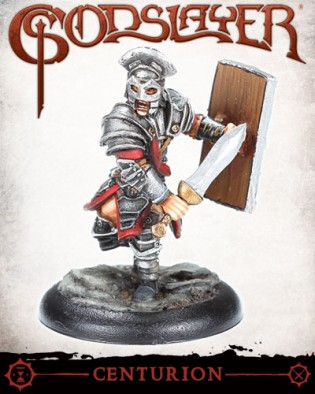
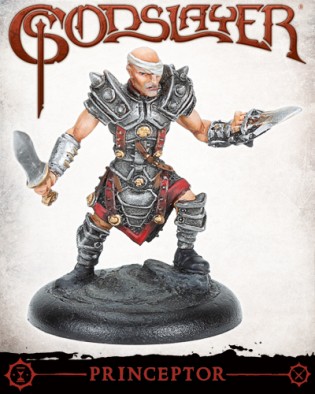
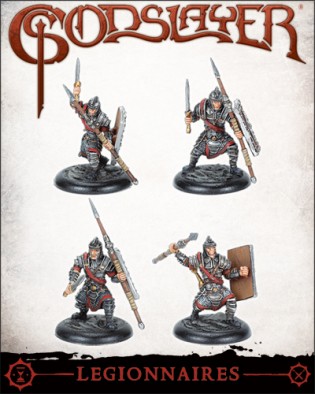
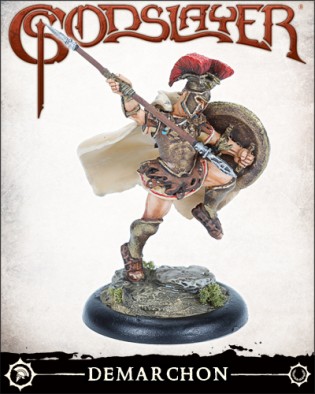
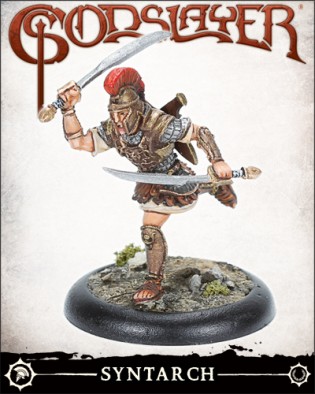
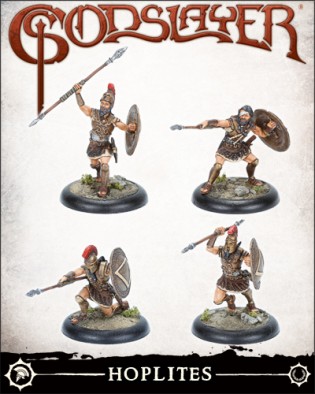
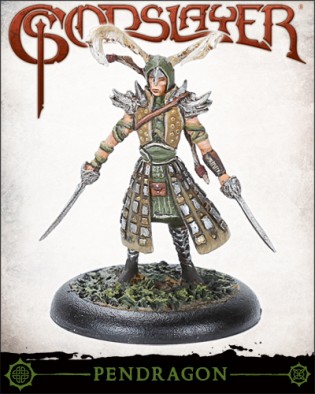
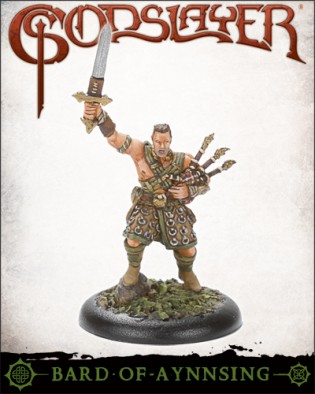
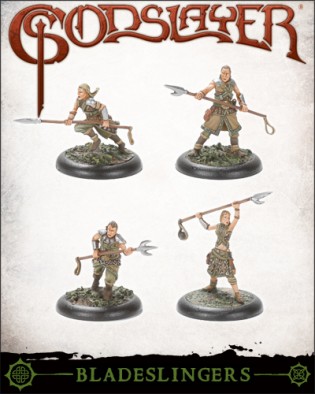
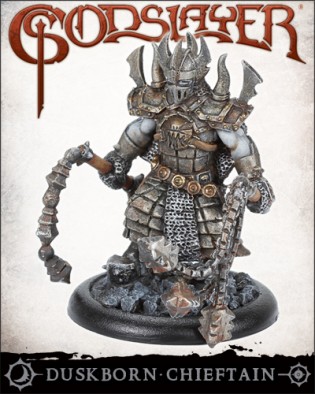
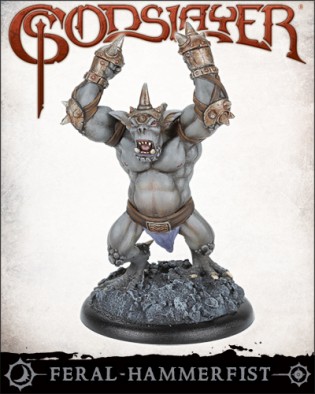
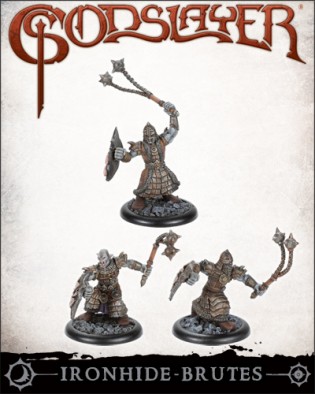
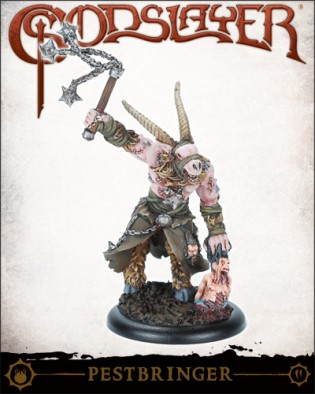


































@brennon I did tell you this one was the most interesting game I seen due this year